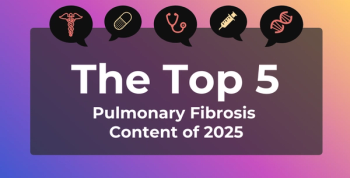
Developing a Framework to Compare Outcomes of Gaucher Disease Type 1 Treatments
Researchers developed a new framework that can predict long-term outcomes of different therapeutic options for Gaucher disease type 1.
There are therapeutic options available in the United States and Europe to treat Gaucher disease type 1 (GD1), but little has been published on the long-term projected outcomes of these treatments. In a
The current approved therapies include intravenous enzyme replacement therapy with imiglucerase, velaglucerase alfa, taliglucerase alfa, or oral substrate reduction therapy with eliglustat or miglustat.
“Our framework for describing the health states of patients treated for GD1 focuses on those aspects of treatment that impact patients’ life expectancy, quality-adjusted life expectancy, and time spent in each health state,” the authors wrote.
The authors used data from the DS3 Score Study on 133 treated patients, then used DS3 to guide the development of 9 health states based on GD1 severity categories defined by the total score category (mild, medium, moderate, and severe), and the presence or absence of bone pain or severe skeletal complications.
The authors found that patients’ health status and health-related quality of life can deteriorate or improve over time, usually influenced by splenectomy status and disease severity at the start of treatment. Utilities for health states involving bone complications were lower than states without bone complications. The authors believe these utilities can be used to calculate quality-adjusted life-years of different GD1 therapies.
The authors did note that there are limitations to the study, such as uncertainty surrounding estimates for health-state utilities and the fact that health states were based on DS3 and not another GD1 severity measure, such as Gaucher Disease Severity Index-Type 1.
“Although this framework is meant to capture the most salient clinical aspects of GD1, it does simplify a complex disease and does not capture disease progression for patients not receiving treatment,” the authors wrote.
Newsletter
Stay ahead of policy, cost, and value—subscribe to AJMC for expert insights at the intersection of clinical care and health economics.







































